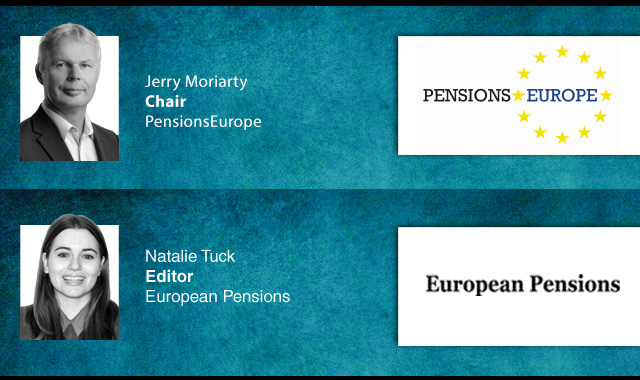The average defined benefit (DB) funding ratio rose to 129.8 per cent in September, a high not seen in nearly two years (December 2023), the latest update from the Pension Protection (PPF) has revealed.
The index showed that the aggregate DB funding level rose by £16.2bn to £255.1bn in September, after easing trade tensions prompted equity gains, driving a 2 per cent increase in estimated DB scheme assets.
The increase in total assets held across the PPF-eligible DB universe more than offset the 0.6 per cent increase in scheme liabilities, which saw the average funding ratio increase from 128.1 per cent to a "strong" 129.8 per cent.
PPF chief actuary, Shalin Bhagwan, attributed the increase in estimated total assets to easing trade tensions that led to global equity gains, while the fall in liabilities was attributed to a slight drop in gilt yields over the past month.
Broader updates were also seen, as the index revealed that the number of schemes in surplus increased to 3,725, representing around three-quarters (75 per cent) of all schemes in the universe.
In addition to this, the deficit of schemes in deficit fell from £30.3bn to £26.9bn.
The recent funding improvements have been welcomed by industry experts, with Gallagher UK wealth consulting managing director, Vishal Makkar, suggesting that UK DB schemes’ continued funding improvements have created "vital" breathing room as trustees make preparations ahead of the new DB Funding Code.
The updated index is also expected to provide fuel for an "energetic debate on endgame planning and the best way to put those plans into action", Makkar said.
"Levy relief and healthy surpluses can unlock an array of appealing options, from buyout to surplus extraction," he continued. "With the Autumn Budget set to revisit how pensions can support UK growth, timing, governance, and clear sponsor alignment will be critical.”
This was echoed by Broadstone actuarial director, Sarah Elwine, who said that these funding improvements have delivered "strong optionality for pension schemes as they consider their strategic aims".
She also pointed out that the insurance de-risking market has gained pace, as usual, in the second half of the year, with many schemes likely to be in a strong position to approach insurers over the coming months.
“Insurer capacity is growing and other innovative options to secure members’ benefits are continuing to appear, as we have seen with the recent announcement of a new superfund," she continued.
“Given market volatility remains, trustees should continue to observe their funding position and investment strategies so that they remain well-placed to achieve their long-term objectives.”
This article was first published on our sister website, Pensions Age.
Latest News
-
Pension gap and VfM dominate Europe’s consumer risk landscape
-
Europe’s pension associations welcome IORP stress test results
-
AAE identifies ‘cross-cutting challenges’ of European pension tracking service
-
I&P Denmark hails govt’s 82% climate target as ‘strong signal to the world’
-
News in brief: 19 December
-
European insurtech firm Lumera acquires Acuity for undisclosed amount
Podcast: Stepping up to the challenge

In the latest European Pensions podcast, Natalie Tuck talks to PensionsEurope chair, Jerry Moriarty, about his new role and the European pension policy agenda
Podcast: The benefits of private equity in pension fund portfolios

The outbreak of the Covid-19 pandemic, in which stock markets have seen increased volatility, combined with global low interest rates has led to alternative asset classes rising in popularity. Private equity is one of the top runners in this category, and for good reason.
In this podcast, Munich Private Equity Partners Managing Director, Christopher Bär, chats to European Pensions Editor, Natalie Tuck, about the benefits private equity investments can bring to pension fund portfolios and the best approach to take.
In this podcast, Munich Private Equity Partners Managing Director, Christopher Bär, chats to European Pensions Editor, Natalie Tuck, about the benefits private equity investments can bring to pension fund portfolios and the best approach to take.
Mitigating risk
BNP Paribas Asset Management’s head of pension solutions, Julien Halfon, discusses equity hedging with Laura Blows
© 2019 Perspective Publishing Privacy & Cookies





Recent Stories